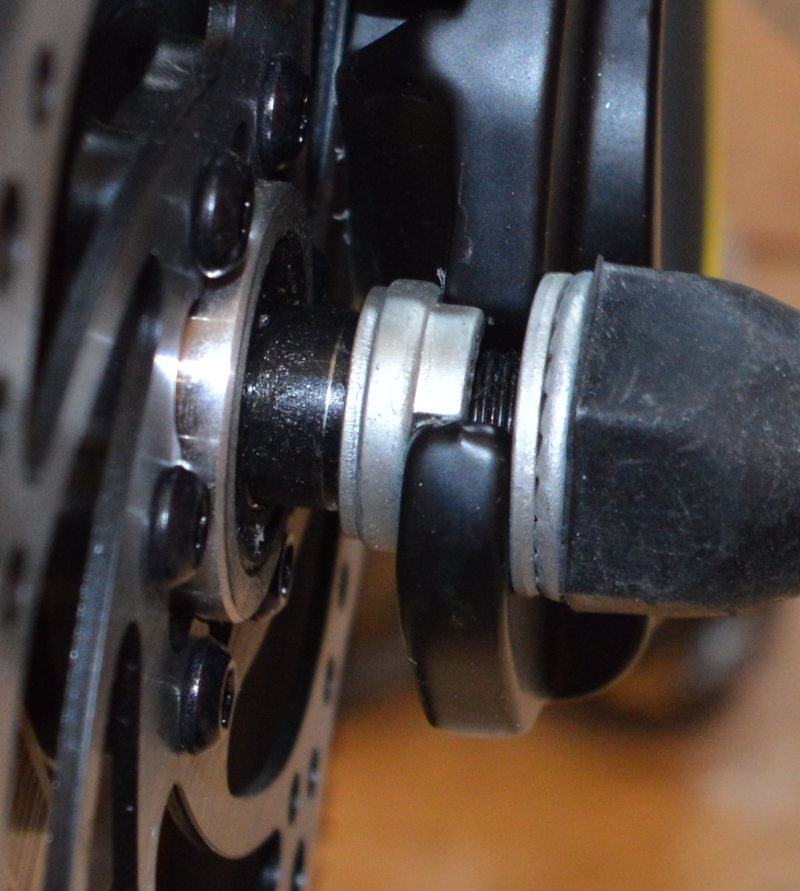Hi.
I have a specialized sirrus elite with carbon front forks and part carbon rear stays. Here's a link with a clear picture to zoom in on https://www.evanscycles.com/specialized-sirrus-elite-2009-road-bike-00125611#modal__product-zoom-modal
I'm looking to fit a 250W rear hub kit and want to make sure I don't do any damage!
I've looked at various installations of torque arm and some just look wrong to me with crank/pivot links that would make the jubilee clip either push up or pull down the tube, some would push against the tube & some pull away. I've even some that would cause the bolt to slide down an adjustable slot and just look mechanically wrong. Take a look here http://www.torq-reaction.co.uk/communities/8/004/012/703/138//images/4618760242.jpg
Any advice on how to ensure robustness on my bike would be very much appreciated please.
I have a specialized sirrus elite with carbon front forks and part carbon rear stays. Here's a link with a clear picture to zoom in on https://www.evanscycles.com/specialized-sirrus-elite-2009-road-bike-00125611#modal__product-zoom-modal
I'm looking to fit a 250W rear hub kit and want to make sure I don't do any damage!
I've looked at various installations of torque arm and some just look wrong to me with crank/pivot links that would make the jubilee clip either push up or pull down the tube, some would push against the tube & some pull away. I've even some that would cause the bolt to slide down an adjustable slot and just look mechanically wrong. Take a look here http://www.torq-reaction.co.uk/communities/8/004/012/703/138//images/4618760242.jpg
Any advice on how to ensure robustness on my bike would be very much appreciated please.






